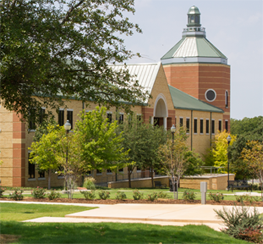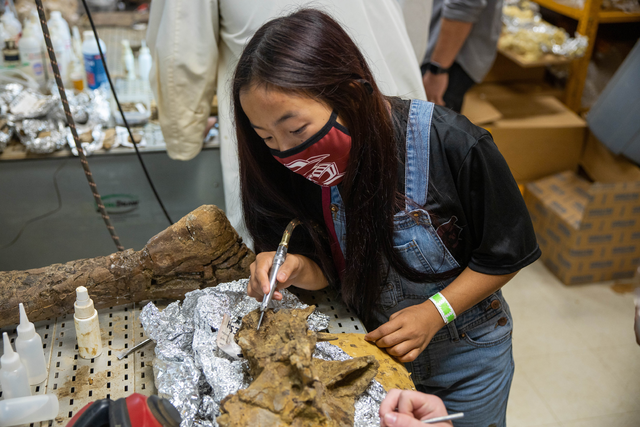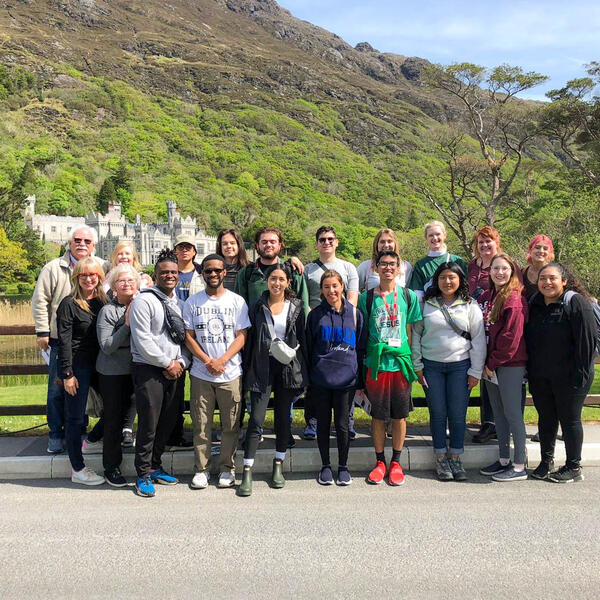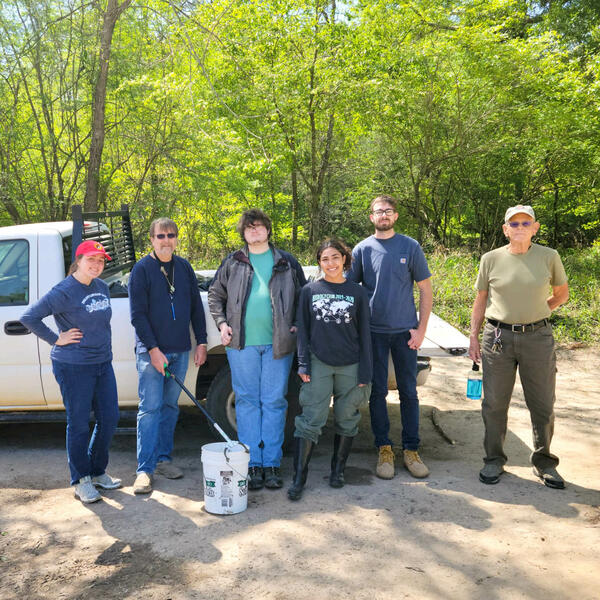A Discovery of an Experience
A Discovery of an Experience
Currently, participants in the 25th annual Dinosaur Excavation and Taphonomic Research Project (the “Dig”) are setting forth on an adventure to discover the past. From June 3 to July 2, 2021, the research team, led by professors Art Chadwick and Jared Wood, will assist in the ongoing excavation of dinosaur fossils in the Lance Formation of eastern Wyoming. The excavation of fossils found on the Dig allows the Southwestern Adventist University (SWAU) Dinosaur Science Museum and Research Center to continue to showcase the latest discoveries. This expedition, primarily focused on teaching through scientific findings, also educates through the personal testimonies of its team members.
This summer’s research team consists of paleontologists, students, researchers and dinosaur enthusiasts. One veteran participant, Stephen Gray, upper school principal for North Dallas Adventist Academy, has attended the Dig every summer since 2008, with the exception of 2020 when the trip was cancelled due to COVID-19.
Gray shared about his experience volunteering on the Dig through the years and talked about his hopes for the future of the project.
This interview has been edited and condensed for clarity.
Southwestern Adventist University: What is the first thing that comes to mind when thinking about the Dig?
Stephen Gray: When I think about the Dig, the first thought that comes to mind is morning and meadowlarks. You see, our headquarters for the Dig are nestled in a little meadow, and it is the peacefulness of the place that resonates with me. I realize that this has nothing to do with paleontology or fossil excavation, but it does if you can imagine that at one point in time, these huge, majestic creatures were traversing the very same ground as where the meadowlarks currently nest. It just captures my whimsy.
SWAU: What originally sparked your interest in the Dig?
SG: I mean, as a child I was enthralled with dinosaurs. To tell you the truth, back in 2007 I had no idea that anything (like this) was happening anywhere – let alone in Wyoming, a state in which I had never been. Dr. Art Chadwick came to my church in Richardson to do a Saturday evening vespers on the Dig. I came to it just to see my old professor from Southwestern Adventist College – the name before SWAU. As he presented data and specimens along with the conclusions that he was drawing, I was captivated. It was then and there that I decided to join the Dig that summer of 2008, and I have been participating every subsequent summer until the pandemic of 2020 ended my streak.
SWAU: Can you share about your first trip on the Dig?
SG: That first trip, I brought one of my biology students along. We both traveled with SWAU to and from Wyoming. I remember bringing my Sam's Club camping tent and all the veterans of the Dig were making predictions on how soon the Wyoming weather would destroy my tent. I had no idea of the severity of the Wyoming winds – boy were they on display! Besides the weather buffeting my tent, I found that digging fossils is very unforgiving in that they are so delicate. I also found that Dr. Chadwick was very forgiving, as I learned how to excavate fossils properly at the expense of more than a few specimens. Realizing that when you are extracting fossils from the earth, you are the first human being to see those bones kind of catches your whimsy, huh!
SWAU: Do you find new discoveries each year that you attend the Dig?
SG: My role at the Dig has been to take a small group of paleontologists (specialists if you will, think Magnificent Seven), and go to an area that seems to have potential for specimen collection. We begin quarrying and, if the area seems to be prolific, we will stay there for the remainder of the season surveying the number, type and quality of specimens. That area may become an official quarry if the potential there is realized. There have been some unusual finds. While digging with a shovel (this is frowned upon as you may destroy specimens with such a blunt instrument) to remove the top turf of an area, not expecting to find bones that close to the surface, I heard a crack. The damaged specimen that I had discovered turned out to be the metatarsal (toe bone) of a T Rex. Talk about being pumped, I was on top of the world. It is that kind of experience that hooks you. It’s kind of like when you get a bite while fishing. A few of those will keep you standing on the side of a lake in the full sun all day long.
SWAU: Being a teacher, do you see a positive experience with each student that comes on this trip? Do you think more students, and even teachers, should give it a try?
SG: From the first time that I participated in the Dig, I have connected it with my school. This coming year, I will be the upper school principal of the North Dallas Adventist Academy (NDAA). At the time that I began participating in the Dig, I was the biology teacher. I had persuaded my school board to encourage students from our school to participate in the Dig. They approved $500 scholarships to assist with the costs involved in participating in the Dig and, as a result each summer that I have attended, I have brought with me students who take the course and help to encourage future student participation from NDAA. This summer two students from NDAA are traveling with us to the Dig.
SWAU: With each year there are new students and participants that go on this excursion. What do you hope they get out of their experience on the Dig?
SG: It is my hope that my students interact intensely with professors from our various institutions, that they are exposed to science disciplines to which they are unfamiliar – opening possibilities currently not considered, and, due to the international participation at the Dig that we receive from countries all over the world, I want my students to understand that what they are involved with is a global pursuit. Humanity is seeking the answers to existential questions and our collections of data are helping to shape those answers. Wow, that was a mouthful.
SWAU: What are your hopes for the future of the Dig? Where would you like to see it in, let's say 5 years from now?
SG: I would love to see an expansion of the Dig to include not only exploration, but also research, cleaning and display of specimens onsite. This would necessitate a structure that would have enough resources to accommodate these activities. I think that the Dig is one of the Seventh-day Adventist world's best kept secrets. It shouldn't be a secret.
To learn more about the Dig, click here. Interested in a first-hand experience of what it is like on the Dig without leaving Texas? Sign up for the SWAU Paleontologist Course here.







